Join a powerful, unprecedented alliance for better eye health for all.
Join IAPBPeople with vision impairment are less likely to gain employment and more likely to have low paid work.
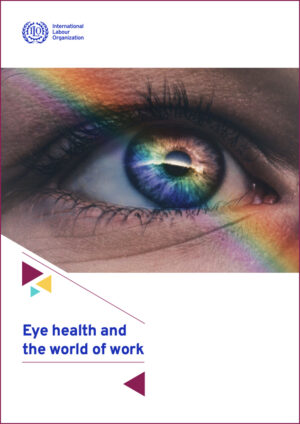
28.09.2023
The International Labour Organization (ILO) and the International Agency for the Prevention of Blindness (IAPB) have collaborated to produce a report on Eye Health and the World of Work

01.05.2025
No Related Videos
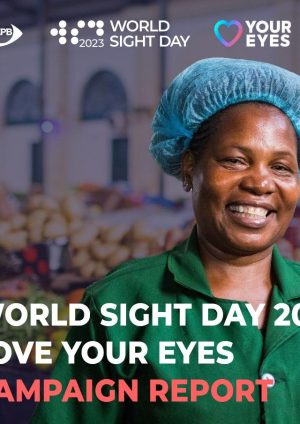
15.11.2023
This report highlights the impact and success of the 2023 Love Your Eyes at Work campaign.
investing in eye health drives economic growth, boosts productivity, and delivers high returns—making it a smart, cost-effective development priority.
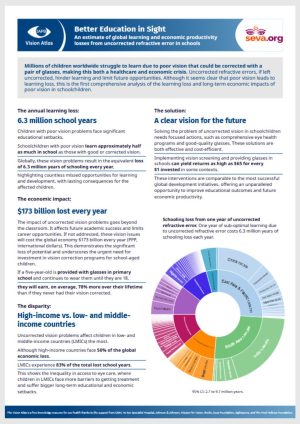
15.10.2024
This summary of Better Education in Sight provides an estimate of global learning and economic productivity losses from uncorrected refractive error in schools.
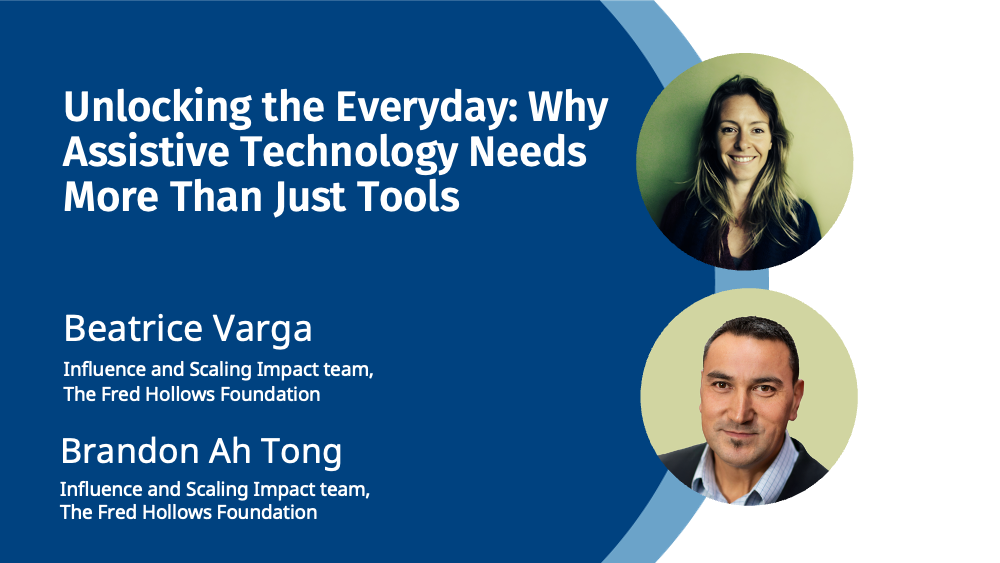
20.06.2025
Beatrice Varga / Brandon Ah Tong

01.05.2025
No Related Videos
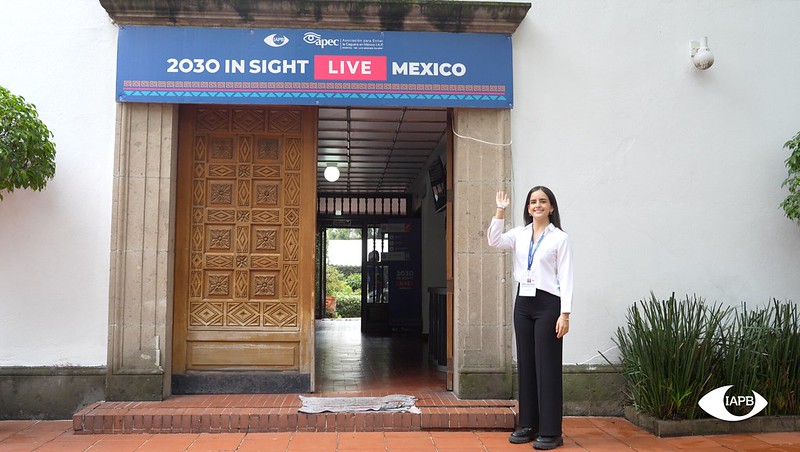
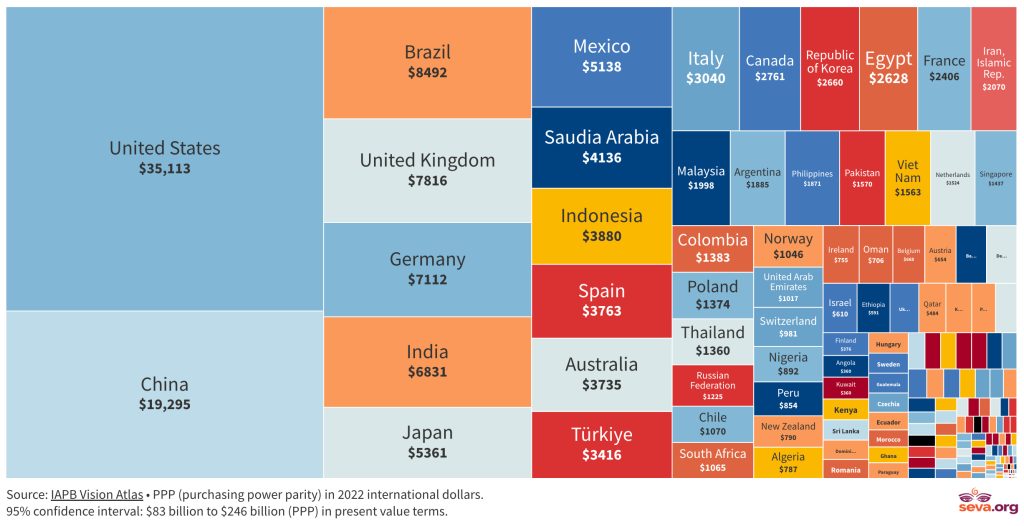
25.10.2024
Jude Stern / Anthea Burnett

15.10.2024
This summary of Better Education in Sight provides an estimate of global learning and economic productivity losses from uncorrected refractive error in schools.

25.07.2024
Lucia Nadaf / Emmanuel Dube
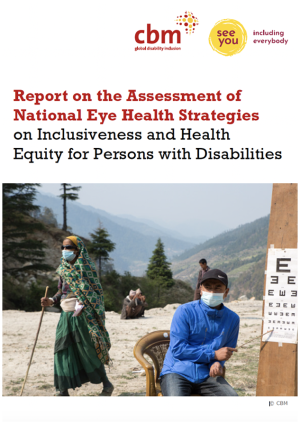
01.04.2024
Inclusiveness and Health Equity for Persons with Disabilities
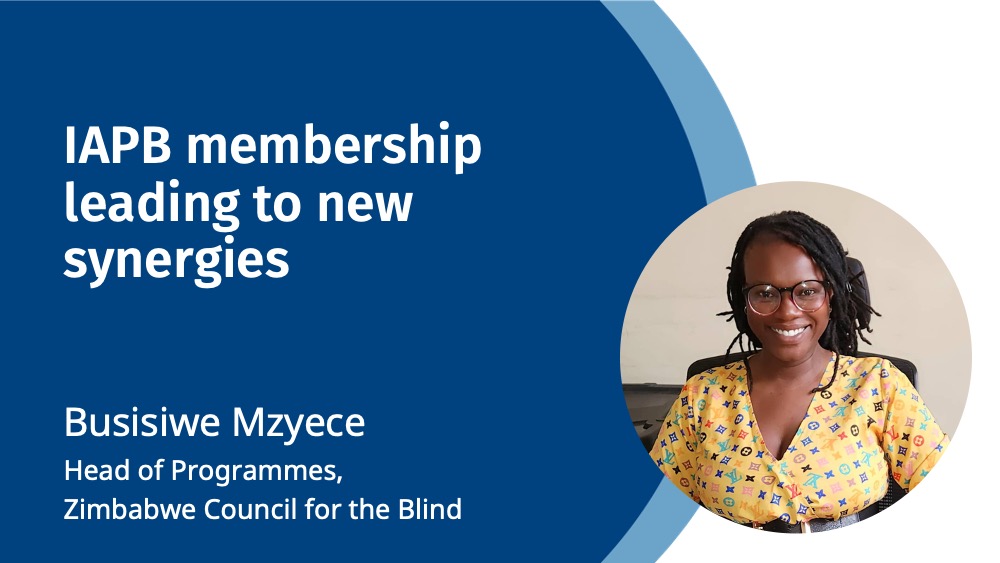

15.11.2023
This report highlights the impact and success of the 2023 Love Your Eyes at Work campaign.

25.10.2023
Misha Mahjabeen
VisionSpring has reached a huge milestone: The Clear Vision Workplace alliance has screened the vision of more than 500,000 people and dispensed nearly 200,000 pairs of eyeglasses.
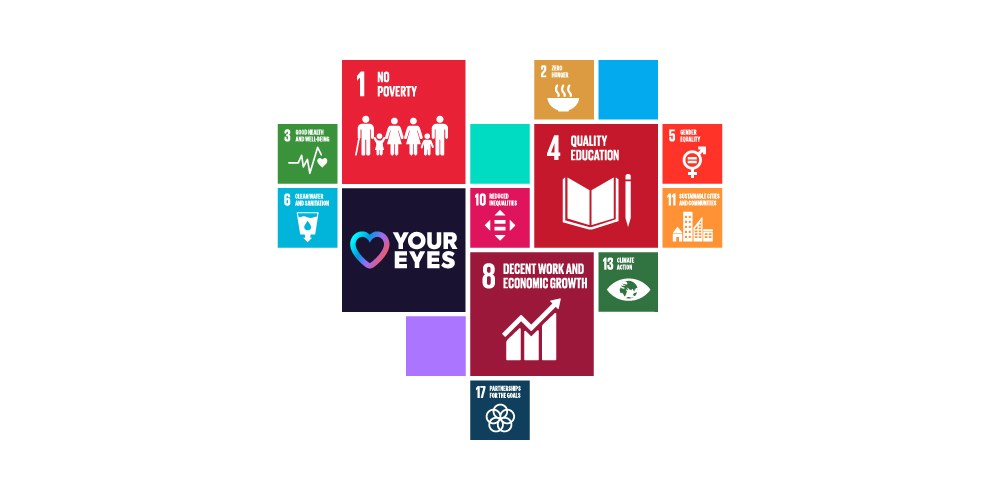
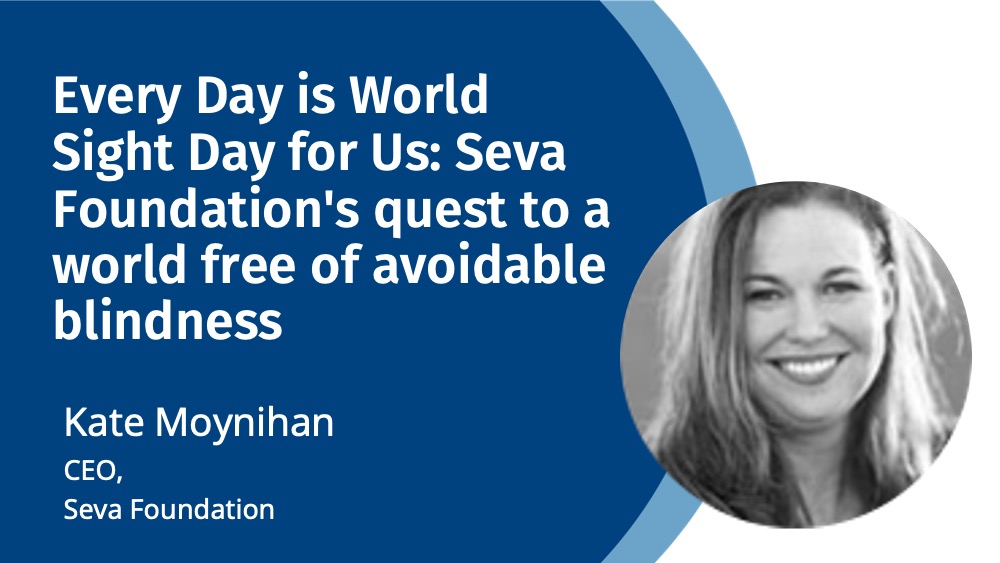
15.09.2023
Kate Moynihan
Graham Coates, Seema Sharma, Duy Nguyen
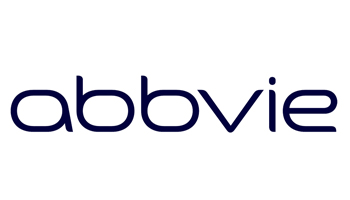

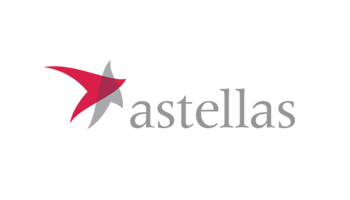
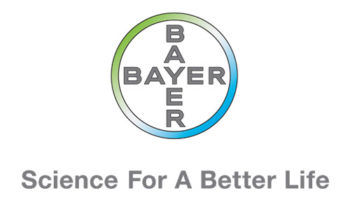



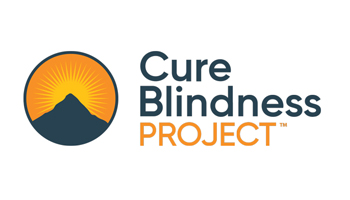

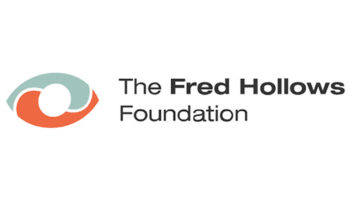
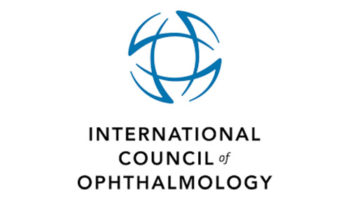
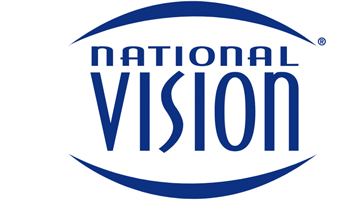

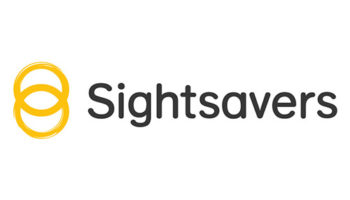
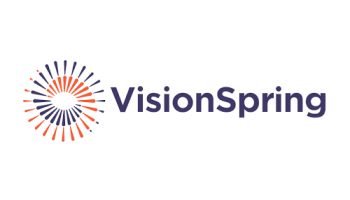
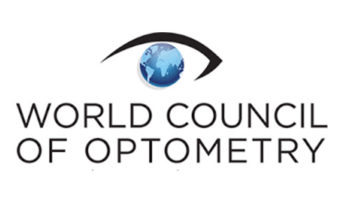
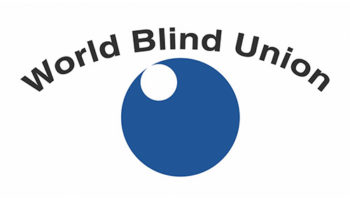
Join a powerful, unprecedented alliance for better eye health for all.
Join IAPBReceive all the latest news, webinars, campaigns, events and more right to your inbox.
Join Mailing List
